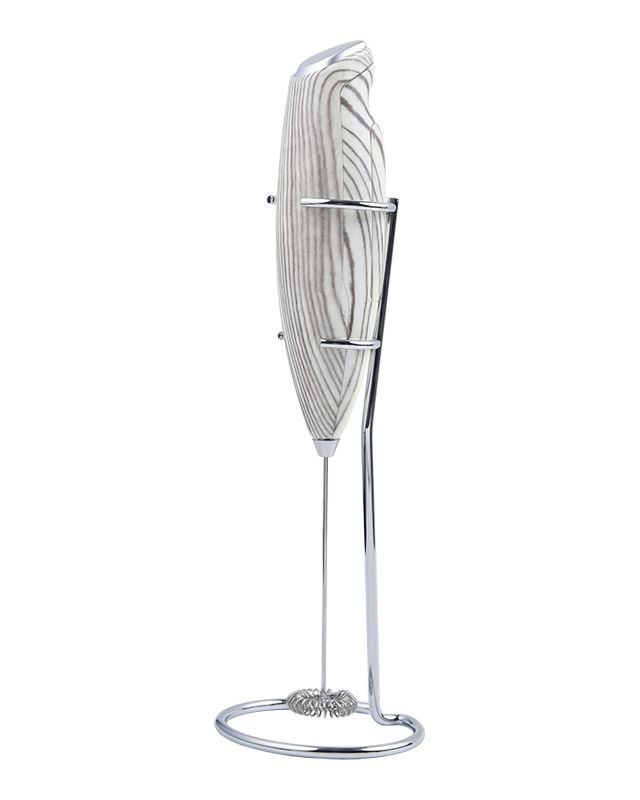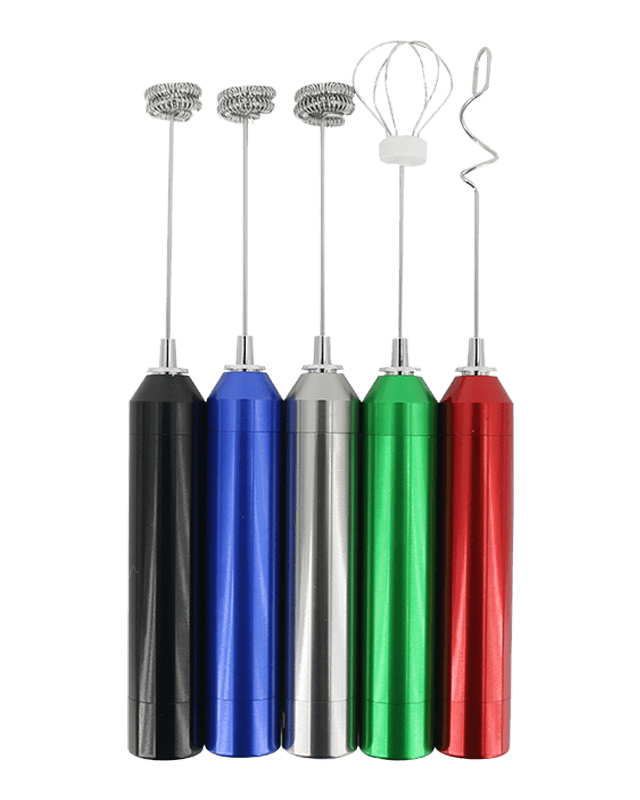Size and Weight: The dimensions and mass of a multifunctional electric nail manicure device are paramount when considering its portability, particularly for professionals who require mobility. A device that is compact in size offers the advantage of fitting easily into a range of storage options, from a small compartment in a personal suitcase to a specialized section of a professional toolkit. Lightweight construction further enhances portability by reducing the physical burden on the user, which is especially important for those who need to carry the device for extended periods or across multiple locations throughout the day. The materials used in the construction should be chosen for their durability while maintaining a low weight, ensuring the device can withstand the rigors of frequent travel without compromising on its ease of transport.
Cordless Operation: The ability to operate without the constraint of a power cord is a significant advantage for any portable device, and this is particularly true for a multifunctional electric nail manicure tool. Cordless operation allows the user to perform manicures in environments where power outlets may be scarce or inconvenient to access, such as at outdoor events, in a client’s home, or in remote locations. Devices with high-capacity, rechargeable lithium-ion batteries are preferable, as they offer longer usage times and faster recharging cycles. The inclusion of USB charging capabilities further enhances portability by allowing the device to be charged using common power sources such as laptops, car chargers, or portable power banks. This ensures that the device remains operational even in the most unpredictable settings, providing consistent performance across a wide range of environments.
Carrying Case: The purpose-built carrying case is essential for professionals who are constantly on the move. Such a case should not only accommodate the main device but also provide secure compartments for all accompanying accessories, including various nail bits, buffers, power adapters, and manuals. The design of the case should prioritize both protection and accessibility. Internally, padded compartments and dividers help to prevent damage during transport, while externally, a durable shell made from materials such as hard plastic or reinforced fabric can protect against impacts and environmental factors like moisture or dust. The case should feature ergonomic handles or straps that make it easy to carry, as well as a sleek, professional appearance that reflects the quality of the services offered by the user.
Battery Life: The duration of battery life is a critical consideration, especially for professionals who may be working back-to-back appointments or in locations without access to charging facilities. A high-performing battery should be capable of powering the device through several hours of continuous operation, allowing the user to complete multiple sessions without interruption. The battery should have a low self-discharge rate, meaning it retains a significant portion of its charge when not in use, so the device is always ready when needed. Advanced battery management systems that monitor and optimize power consumption can further extend usage time, while providing the user with accurate indicators of remaining battery life. Quick-charging capabilities are also advantageous, enabling the device to reach a usable charge level within a short period, minimizing downtime between sessions.




 English
English
 Français
Français
 Español
Español
 Deutsch
Deutsch
 日本語
日本語





























